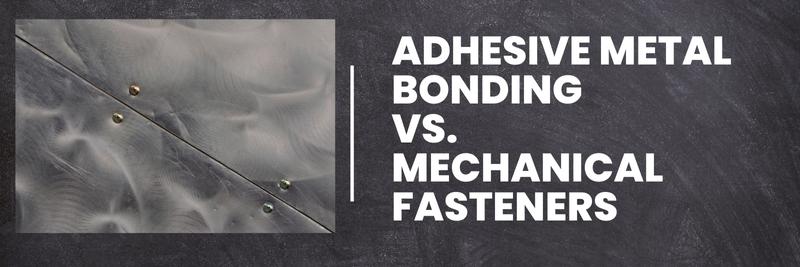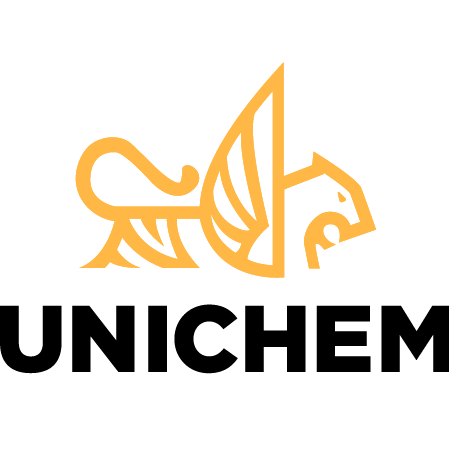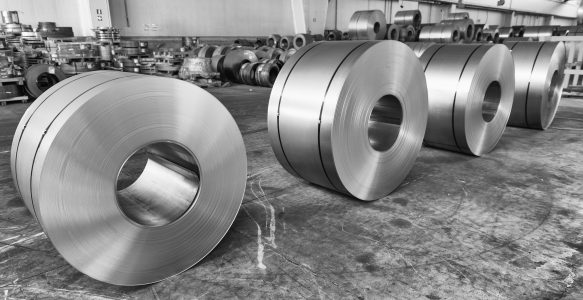
The process of joining two materials together with an adhesive, a substance that has the capability of holding materials together with surface attachment, is adhesive bonding. Two primary types of adhesive bonding include structural and non-structural, categorized by strength and load-carrying capacity, the maximum load that a joint bonded with adhesive can bear before experiencing failure.
Structural and Nonstructural Adhesives
Structural adhesive bonding occurs when structural elements are connected together with an adhesive, creating a bond that is capable of transmitting structural load within design specs, without any loss of structural integrity. Nonstructural adhesives typically have a load-carrying capacity of less than 1000 psi, which makes them useful for temporary, short-term attachments or for light-duty packaging, trim, gaskets, or veneers.
Some important types of nonstructural adhesive bonding examples include conductive adhesives and sealants. Strong interactions occur between the substrate and the adhesive which must completely cover the surface being joined.
Advantages of Adhesive Bonding
The most important function of industrial adhesives is to join two substrates, they do this remarkably well by distributing stress more uniformly than can occur with mechanical fasteners. Industrial adhesives transmit stress from one member to another and permit the fabrication of structures that are at least equivalent mechanically or stronger than conventional, mechanical assembly methods while also providing additional benefits.
Adhesive bonding provides many advantages which include:
- Lower cost– Joining substrates with industrial adhesives is typically a lower expense than mechanical methods and produces lighter weight products
- Improved appearance– adhesives enhance appearance by making joints almost invisible and providing smooth contours
- Uniform stress distribution– adhesives uniformly distribute stress and provide a greater stress-bearing area
- Join dissimilar materials– adhesives more easily join materials of varying thickness and shapes
- Reduces or eliminates corrosion– adhesives prevent the electromechanical, galvanic corrosion that can occur between materials
- Improved strength– adhesives resist fatigue and cycle loads
- Provides insulation– adhesives provide insulation against electrical conductance and heat transfer
- Bonds and seals– a laminate bonded with adhesives often provides a sealed product with protection against environmental elements
- Absorb vibrations– adhesive bonded laminates absorb shock and dampen vibration
- Quick method of assembly– lamination bonding with industrial adhesives is typically a faster process in addition to being less expensive than mechanical bonding
Limitations of Adhesive Bonding
It can be difficult to know which type of adhesive to use with the many variations of bonding methodologies and substrates available and in use today and adhesive bonding does have some limitations. Some of the limitations of adhesive bonding include:
- Surface preparation– many surfaces must be properly prepared for successful adhesion, some surface preparation practices include the use of corrosive chemicals
- Limited visibility– visual examination of the bonded area is limited or not available
- Cure times– some adhesive bonding processes require long cure times or high-temperature curing
- Auxiliary equipment– fixtures may be required such as presses, holding fixtures, autoclaves, and ovens that are not necessary for other bonding methods
- Longevity may depend upon the environment– the useful life of an adhesive bonded product may be dependent upon exposure to environmental elements
- Strict process control– adhesive bonding requires rigid process control with an emphasis on cleanliness for successful adhesion with most
industrial adhesives
Industrial adhesives provide bonding solutions and many benefits to a wide range of applications. Manufacturers should consult with an experienced industrial adhesive supplier to learn more about improving their bonding process and product quality. UNICHEM offers solutions to manufacturers struggling with poor adhesion, inconsistent adhesion processes, and poor quality in bonded products.
UNICHEM Offers Industrial Adhesive Solutions
Universal Chemicals & Coatings, Inc., UNICHEM, offers solutions for adhesive bonded structures whether laminating to metal, rubber, vinyl laminates, or other substrates. Our customized yet versatile industrial adhesive product line, uniBOND, provides many improvements to a wide range of adhesion applications. We help our customers to troubleshoot existing adhesion problems and improve their process for efficiency while improving product quality at the same time.
UNICHEM is a leading supplier of high-quality industrial adhesives used in a wide range of industries and applications. With more than 50 years of experience, UNICHEM offers high-tech resin scientists and polymer experts to develop the perfect adhesion solution for your bonding process. Contact us to learn more about finding the best structural or nonstructural industrial adhesive for your application.


